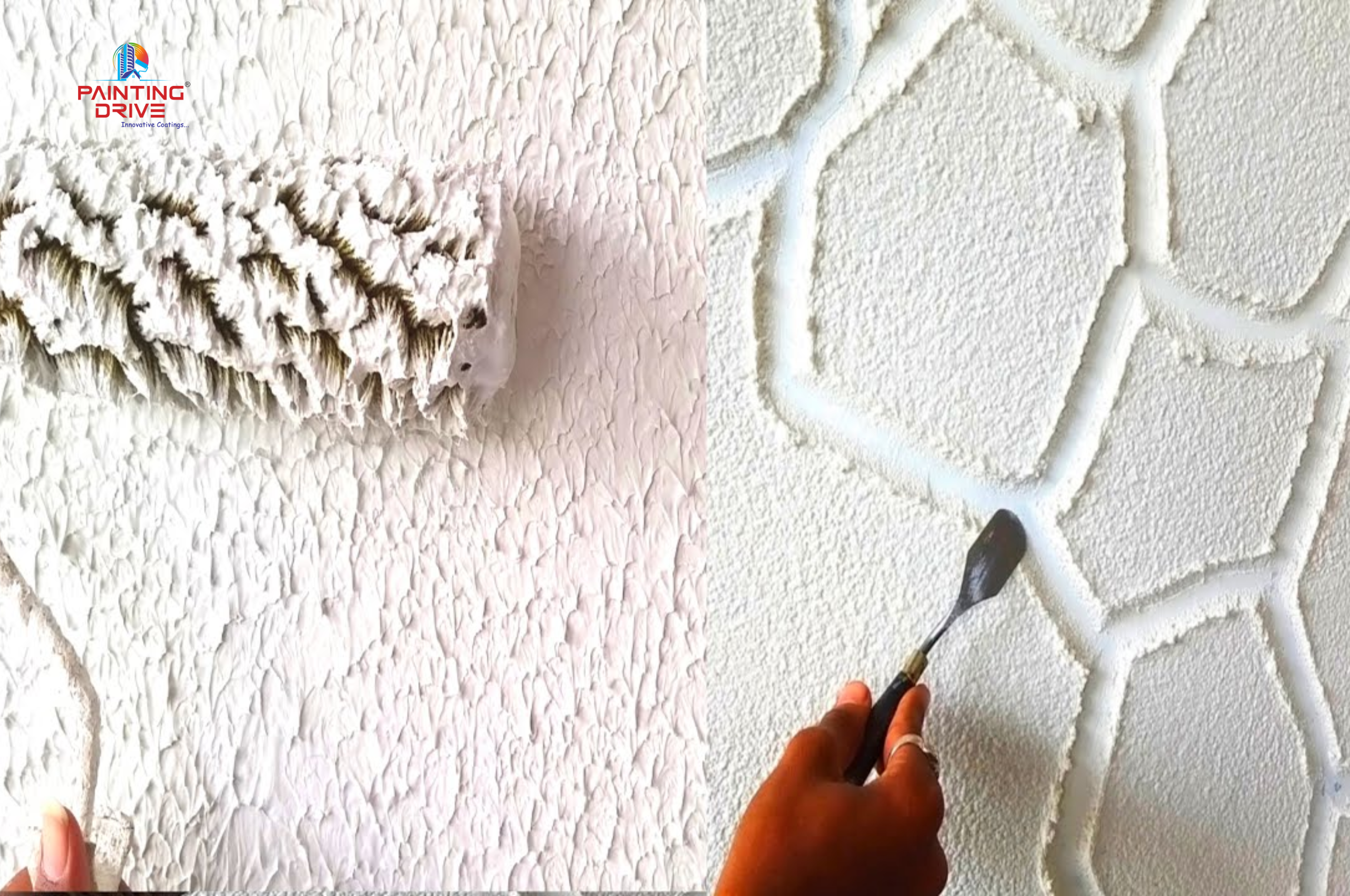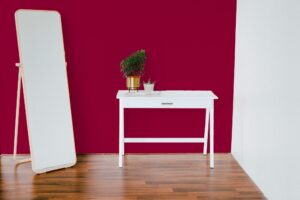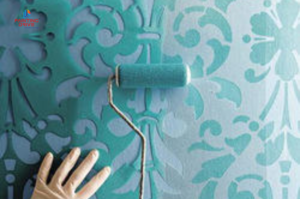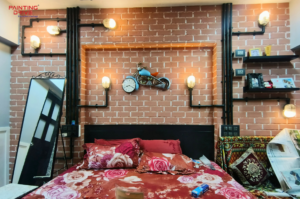When it comes to home décor, wall textures are often overlooked. However, they play a crucial role in setting the tone and ambiance of a room. The right wall texture for your home can enhance the aesthetics, add depth, and even influence the room’s acoustics. This guide will walk you through various types of wall textures for your home decor, their suitability for different rooms, and how to choose the best one for your home.

1. Smooth Walls
Best for: Modern and minimalist aesthetics, living rooms, and bedrooms.

Smooth walls are the most common and versatile wall texture. They provide a clean, sleek look that complements modern and minimalist designs. Smooth walls are easy to paint and decorate, making them ideal for living rooms and bedrooms where you might frequently change the décor. They also work well with vibrant and bold colors, allowing you to experiment with different shades and tones.
Learn more: Wall Stencil Designs Ideas for Home Decor
2. Orange Peel
Best for: Casual spaces like hallways, kitchens, and bathrooms.
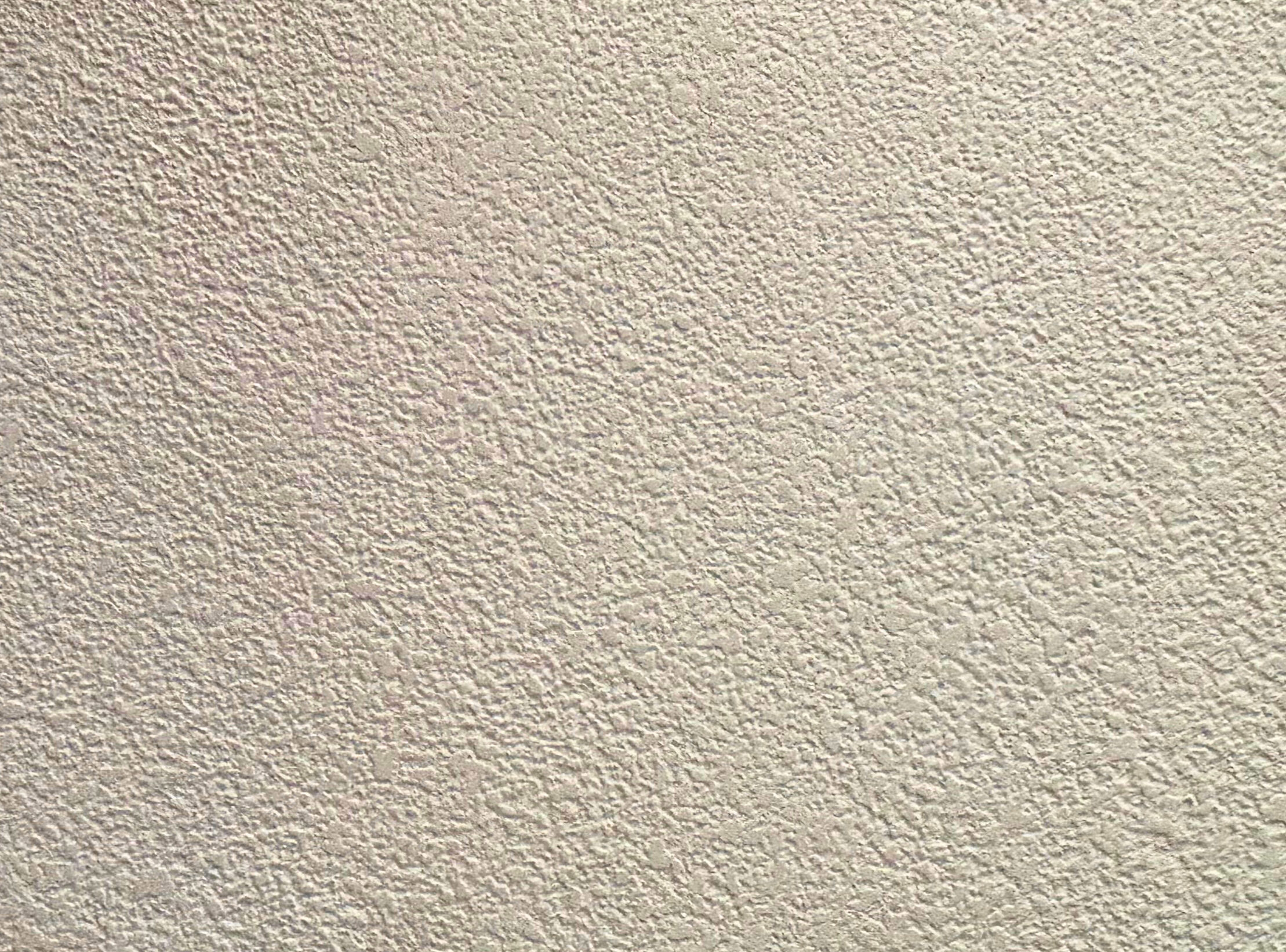
Orange peel texture resembles the skin of an orange, with a subtle, dimpled surface. This texture is popular for its ability to hide minor imperfections and its ease of application. It’s durable and resistant to wear and tear, making it suitable for high-traffic areas like hallways and busy kitchens. The orange peel texture adds a touch of casual elegance without being too overpowering.
3. Knockdown
Best for: Rustic and Mediterranean styles, dining rooms, and home offices.
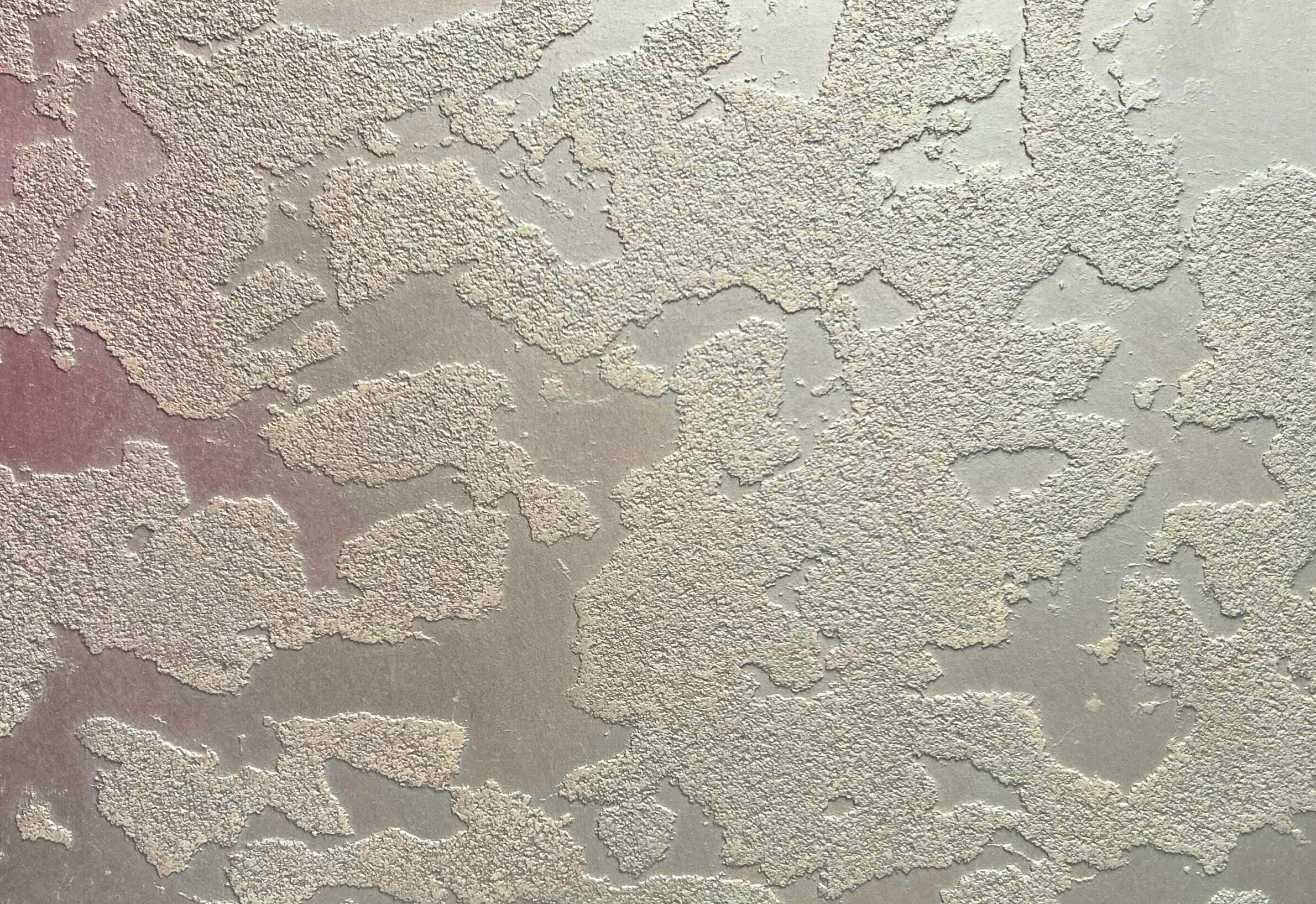
Knockdown texture is created by applying joint compound to the wall and then flattening it slightly with a trowel. The result is a textured, stucco-like finish that adds a rustic charm to any room. This texture is perfect for dining rooms and home offices where you want to create a warm, inviting atmosphere. It pairs well with earth tones and natural materials, enhancing the overall aesthetic.
4. Popcorn
Best for: Ceilings, especially in older homes.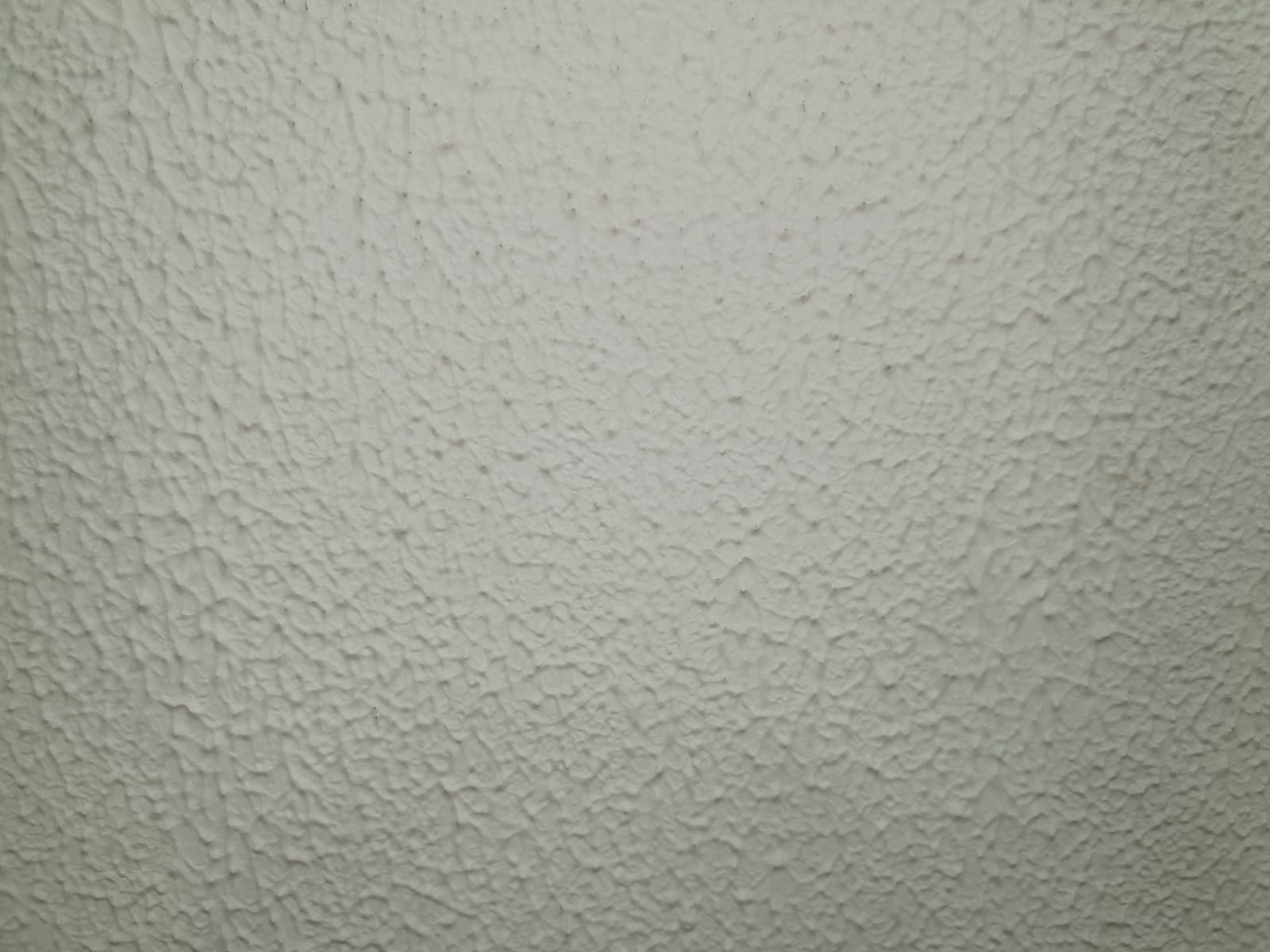
Popcorn texture, also known as acoustic texture, was popular in the mid-20th century for its sound-dampening properties. While it’s less common on walls today, it’s still frequently used on ceilings texture to reduce noise and hide imperfections. Popcorn texture is best suited for older homes where it can add a retro touch. However, it’s important to note that this texture can be challenging to clean and repair.
Read more:
5. Sand Swirl
Best for: Creative and artistic spaces, children’s rooms, and studios.
Sand swirl texture involves mixing sand with paint or plaster and applying it in a swirling pattern. This technique creates a unique, artistic finish that adds movement and interest to the walls. It’s ideal for creative spaces like studios or children’s rooms where you want to inspire imagination and creativity. Sand swirl texture can be customized with different patterns and colors to suit your personal style.
6. Slap Brush
Best for: Traditional and eclectic designs, family rooms, and entryways.
Slap brush texture, also known as “crow’s foot,” is created by slapping a brush full of joint compound onto the wall, creating a fan-like pattern. This texture adds a traditional, textured look that can enhance eclectic and traditional interiors. It’s perfect for family rooms and entryways where you want to make a statement with your wall texture. Slap brush texture adds a sense of depth and character to the space.
7. Skip Trowel
Best for: Tuscan and Old World styles, kitchens, and bathrooms.
Skip trowel texture involves applying a thin layer of joint compound with a trowel and “skipping” it across the wall to create a layered, plaster-like finish. This texture is reminiscent of old European plaster walls, making it ideal for Tuscan and Old World design themes. It’s a great choice for kitchens and bathrooms where you want to add a touch of elegance and sophistication.

Tips for Choosing the Right Wall Texture
- Consider the Room’s Function: High-traffic areas like hallways and kitchens benefit from durable textures like orange peel or knockdown, while bedrooms and living rooms might be better suited for smooth or skip trowel textures.
- Match the Aesthetic: Choose a texture that complements the overall style of your home. For example, smooth walls work well in modern settings, while knockdown or slap brush textures enhance rustic and traditional interiors.
- Think About Maintenance: Some textures, like popcorn, can be difficult to clean and maintain. Consider how much upkeep you’re willing to do before making a decision.
- Test Samples: Before committing to a texture, apply small samples to your walls. This allows you to see how the texture looks in different lighting and how it interacts with your room’s décor.
- Hire a Professional: If you’re unsure about applying the texture yourself, consider hiring a professional. They can ensure a smooth, even application and help you achieve the desired look.
Know more: Texture Design For Your Stunning Texture Wallpaper
Choosing the right wall texture for your home can significantly impact the look and feel of your home. By considering the function of the room, matching the texture to your home’s aesthetic, and testing samples, you can create a space that’s both beautiful and functional. Whether you prefer the clean lines of smooth walls or the rustic charm of knockdown texture, there’s a wall texture that’s perfect for every room in your home.

